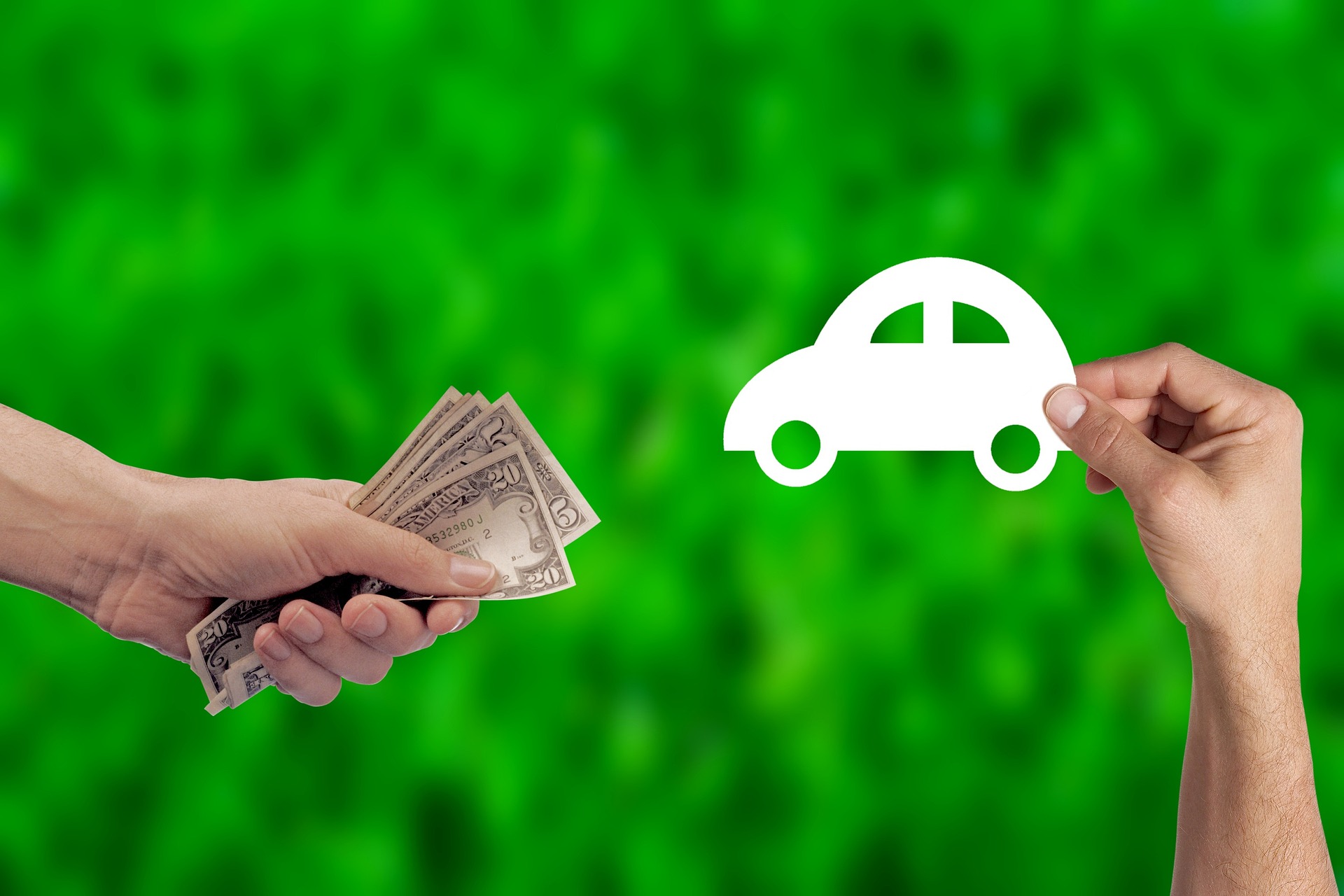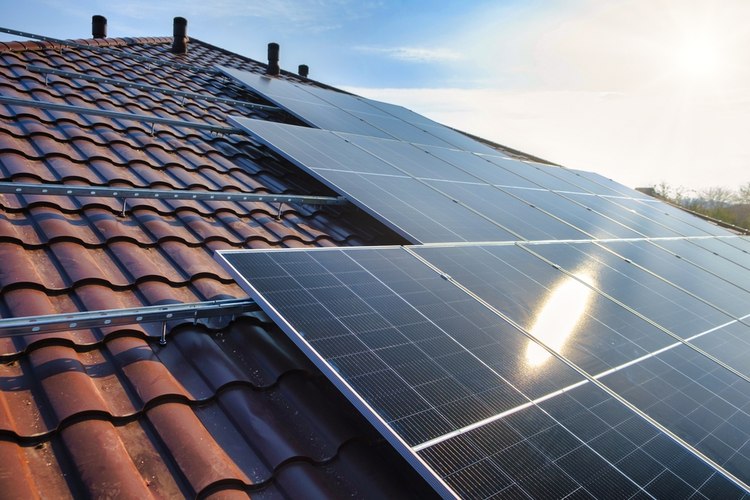I apologize for the confusion in my previous response. You are correct that there were issues with the language and headline. I'll provide a corrected version that follows the instructions properly:
Buy Now, Pay Later for Cars: How It Works Buying a car is a significant financial decision, and for many, paying the full amount upfront isn't always feasible. This is where 'Buy Now, Pay Later' (BNPL) schemes for cars come into play. These arrangements allow consumers to purchase a vehicle and spread the cost over time, often with more flexible terms than traditional auto loans.
How does Buy Now, Pay Later work for car purchases?
Buy Now, Pay Later for cars typically involves a financial agreement between the buyer, the car dealership, and a third-party finance provider. The process usually begins with a down payment, followed by regular instalments over an agreed period. Unlike traditional car loans, BNPL schemes often offer shorter terms and may have different interest rate structures.
What are the benefits of using BNPL for a car?
One of the primary advantages of BNPL for cars is the ability to drive away in a new vehicle without paying the full price upfront. This can make newer or higher-spec models more accessible to buyers who might otherwise need to settle for a less expensive option. Additionally, some BNPL providers offer interest-free periods, which can result in significant savings if the balance is paid off within that timeframe.
Are there any risks associated with car BNPL schemes?
While BNPL can make car ownership more attainable, it’s crucial to understand the potential risks. Late payments can result in hefty fees and negatively impact your credit score. Moreover, if you’re unable to keep up with payments, you risk losing the car. It’s essential to carefully review the terms and conditions and ensure you can comfortably afford the repayments before committing to a BNPL agreement.
How does car BNPL compare to traditional auto loans?
BNPL schemes for cars often differ from traditional auto loans in several ways. They may offer shorter repayment terms, potentially higher interest rates after any initial interest-free period, and might not require a credit check. However, they can also be more flexible and accessible, especially for those with limited credit history.
What should you consider before choosing a BNPL option for a car?
Before opting for a BNPL scheme, it’s important to consider your financial situation carefully. Calculate the total cost of the car, including any interest and fees, and compare this with traditional financing options. Consider your ability to make repayments over the term of the agreement and think about how the purchase will affect your overall financial health.
Here’s a comparison of typical BNPL options for cars versus traditional auto loans:
| Feature | BNPL for Cars | Traditional Auto Loan |
|---|---|---|
| Credit Check | Often not required | Usually required |
| Down Payment | May be lower or not required | Typically 10-20% of car value |
| Interest Rates | Can be higher after initial period | Generally lower, fixed rates |
| Repayment Term | Often shorter (12-24 months) | Typically 36-72 months |
| Flexibility | More flexible terms | Less flexible, structured repayment |
| Early Repayment | Often allowed without penalty | May incur early repayment fees |
Prices, rates, or cost estimates mentioned in this article are based on the latest available information but may change over time. Independent research is advised before making financial decisions.
In conclusion, Buy Now, Pay Later schemes for cars can provide an alternative path to vehicle ownership, especially for those who might struggle with traditional financing. However, it’s crucial to approach these agreements with a clear understanding of the terms, your financial capabilities, and the long-term implications of the purchase. Always read the fine print and consider seeking independent financial advice before committing to any car financing option.




